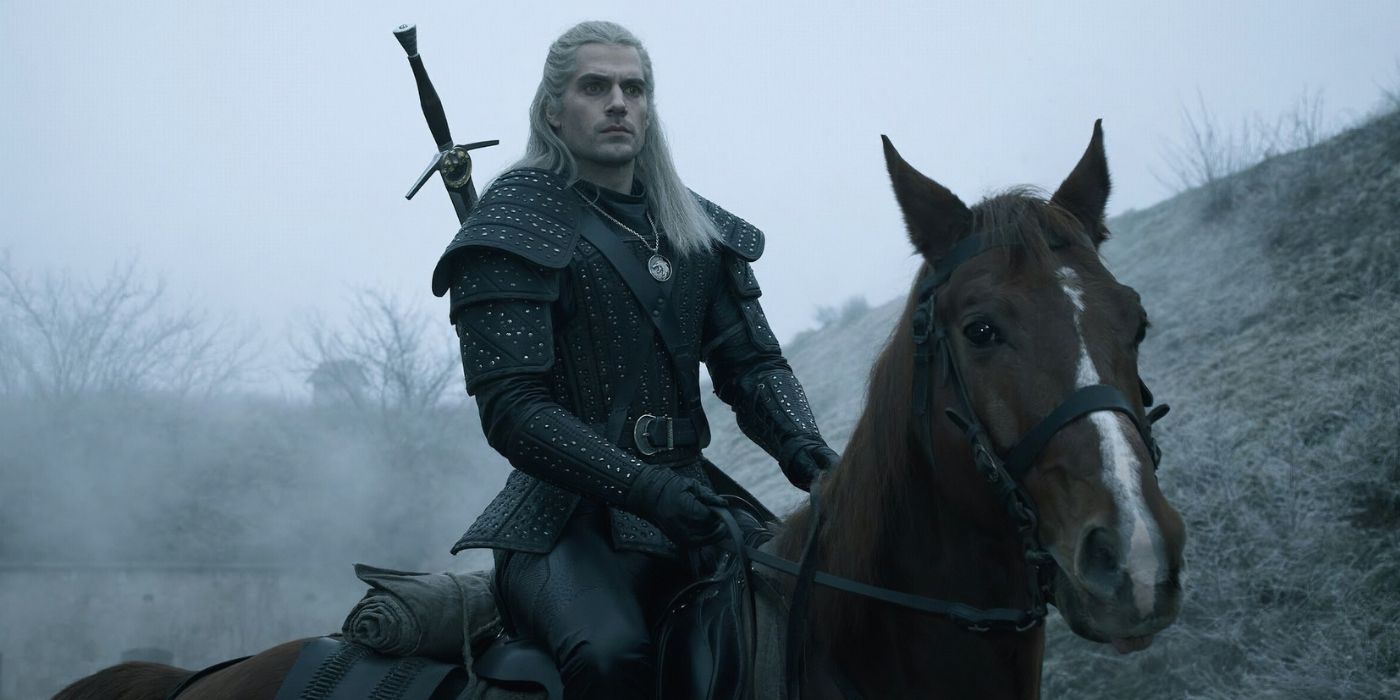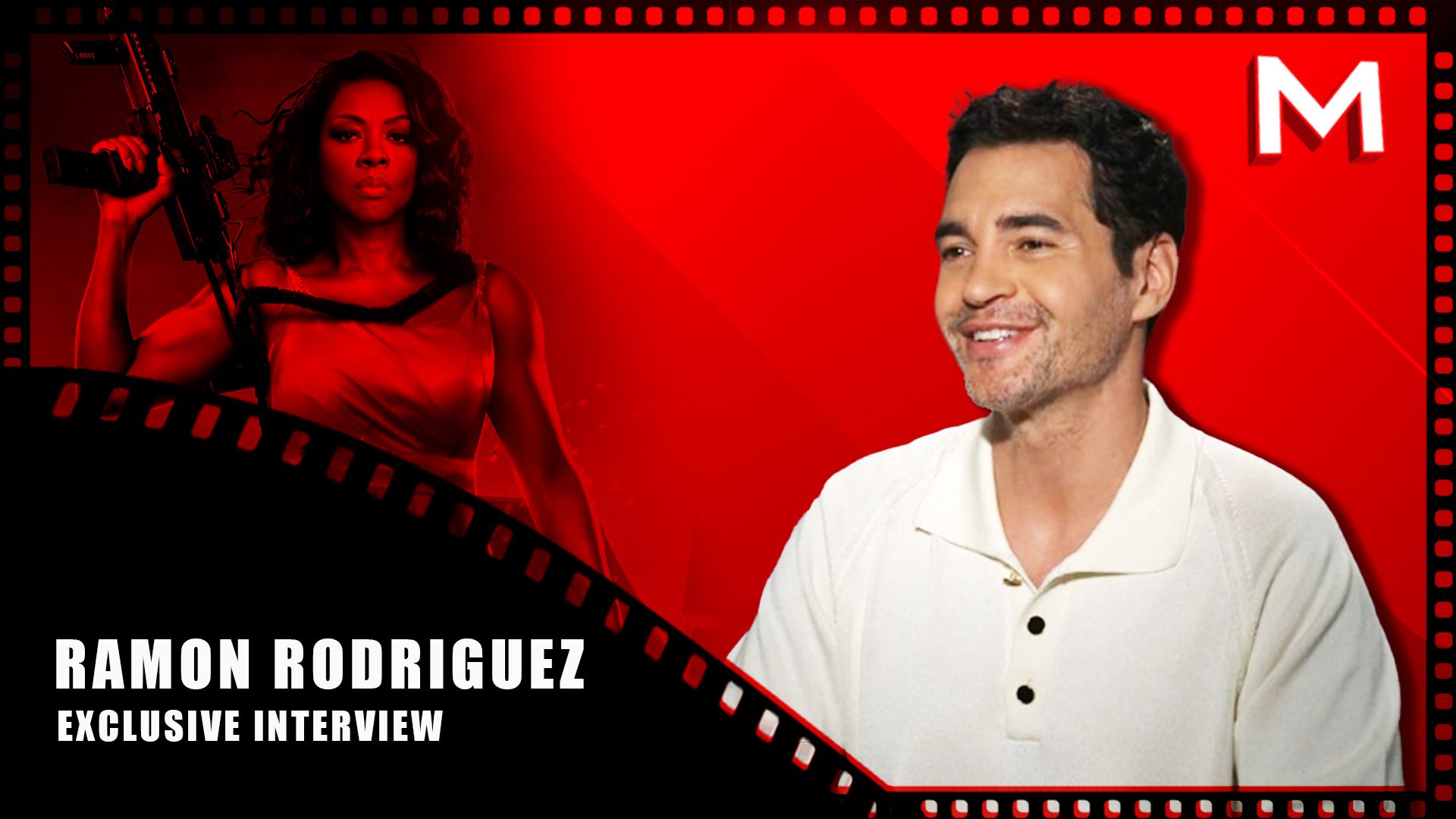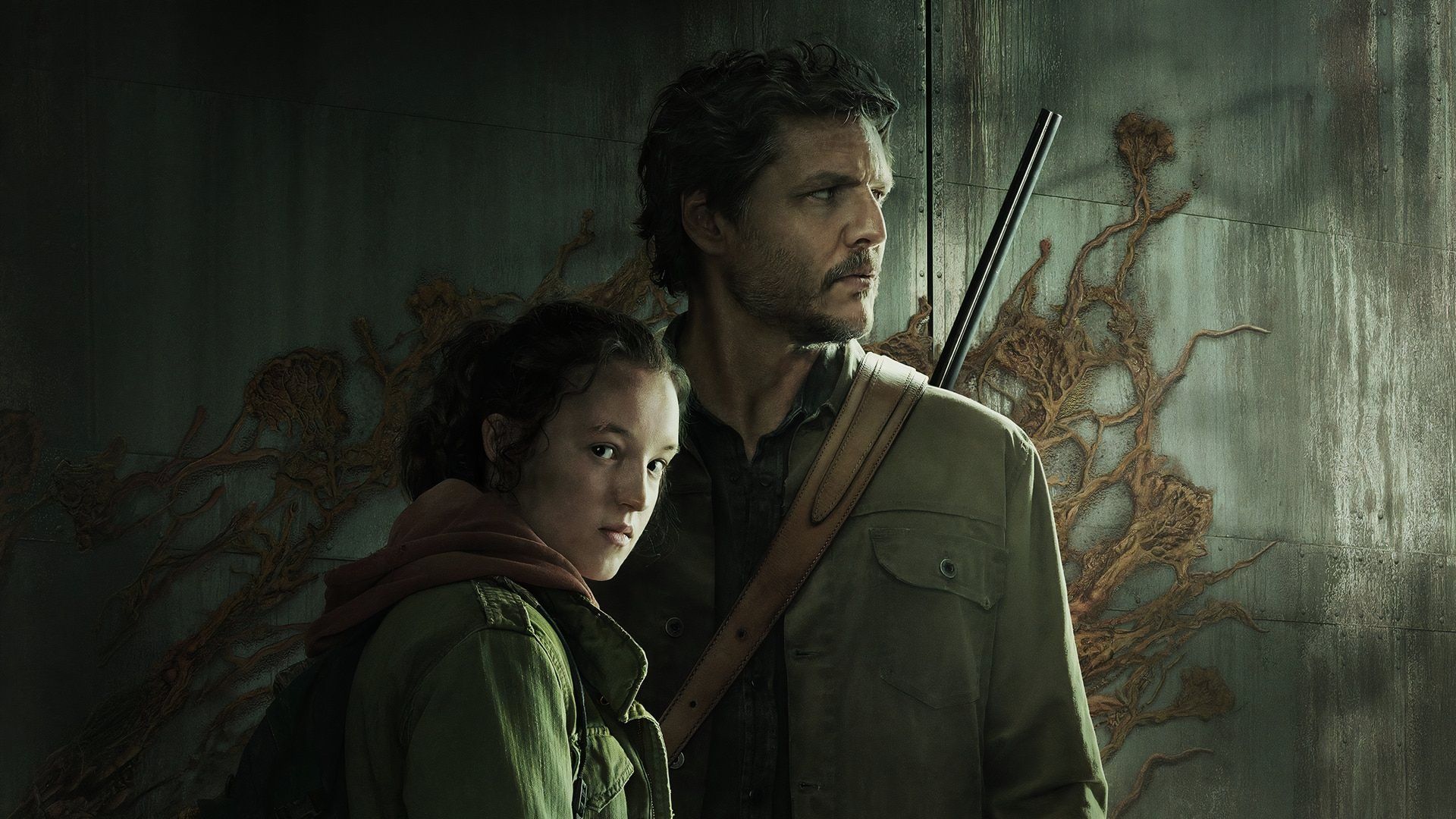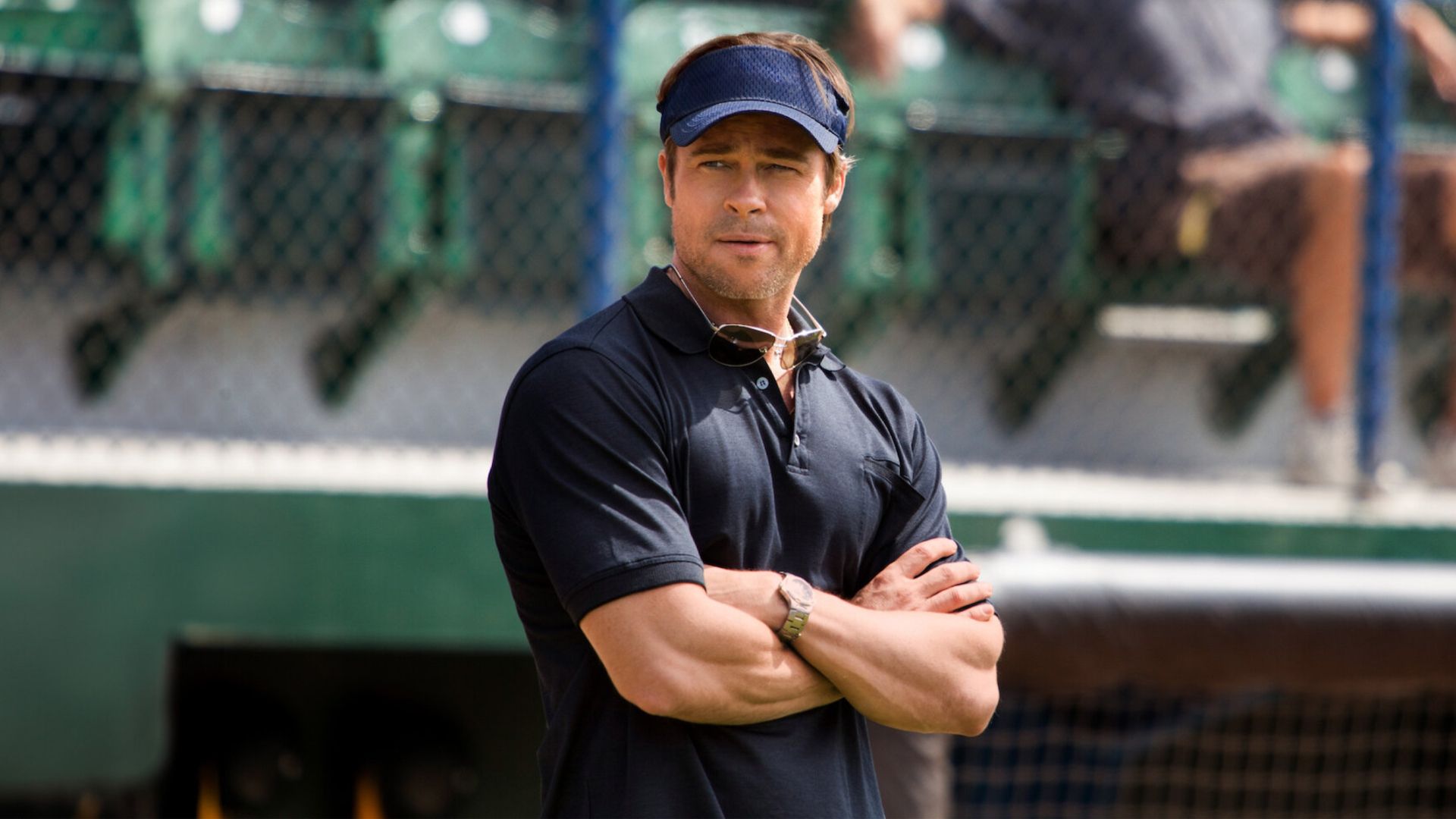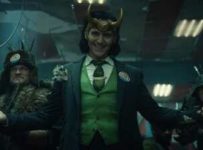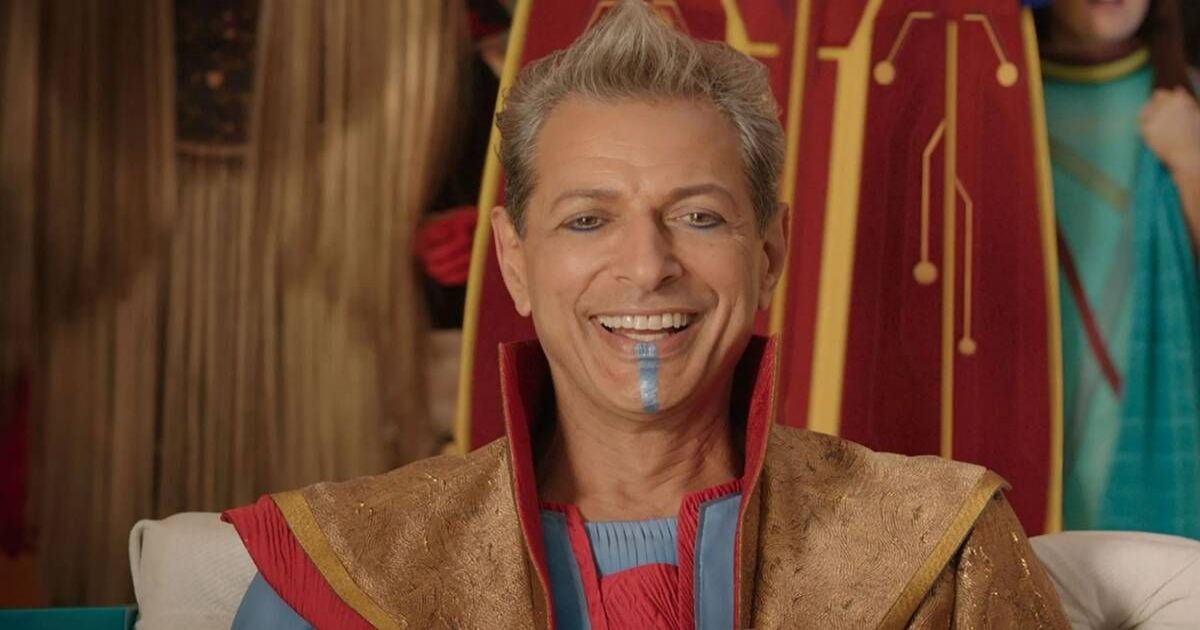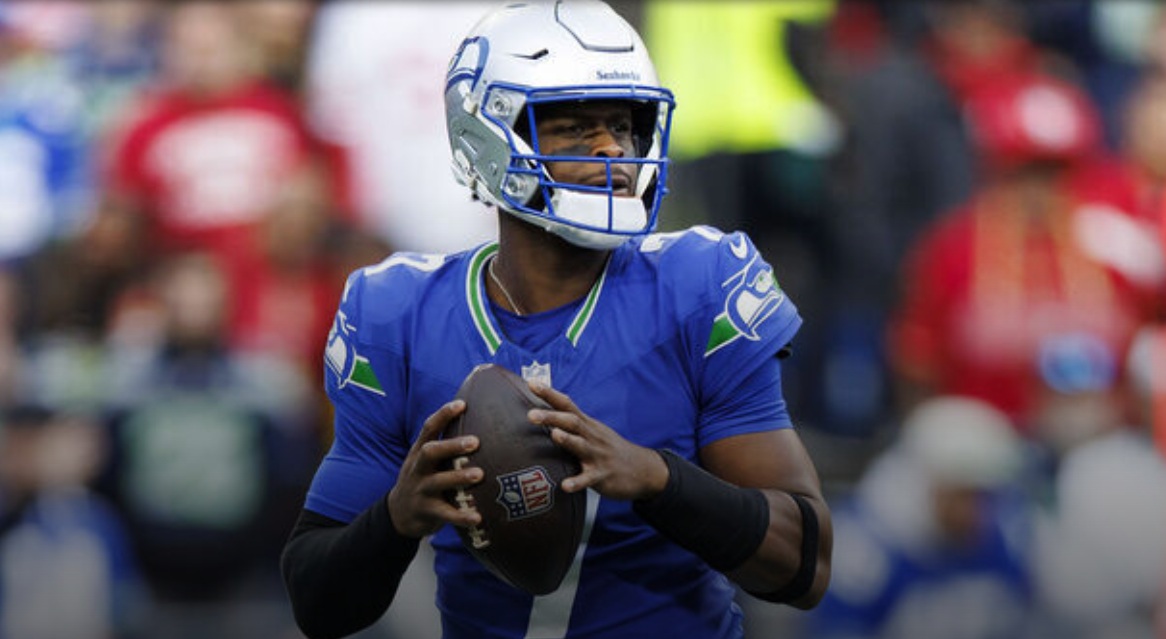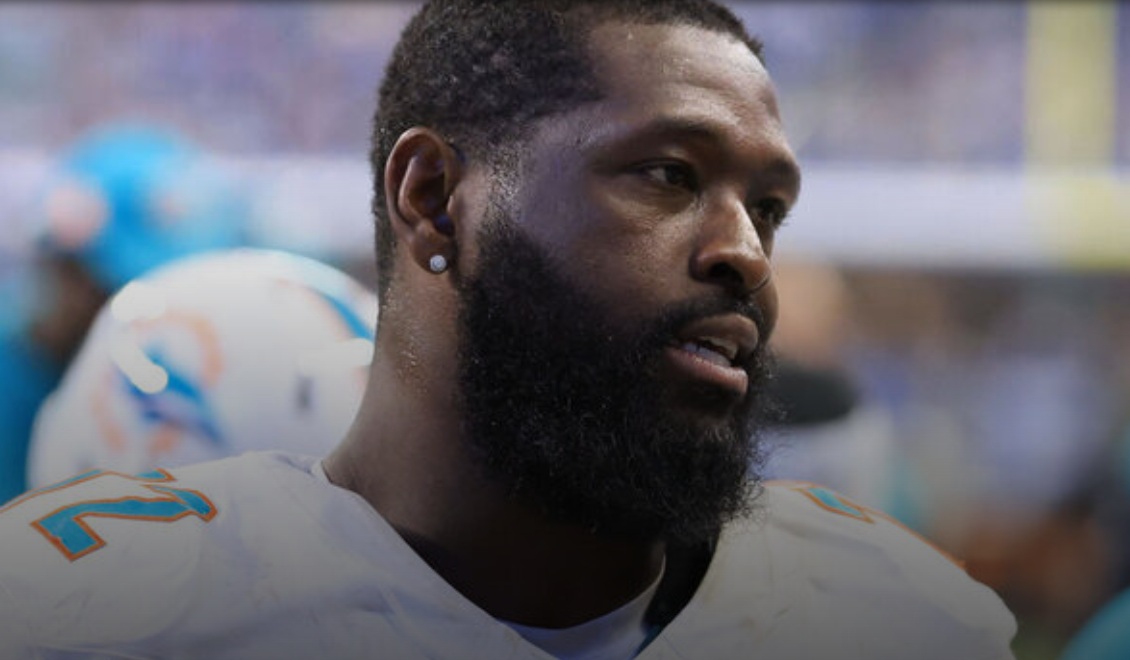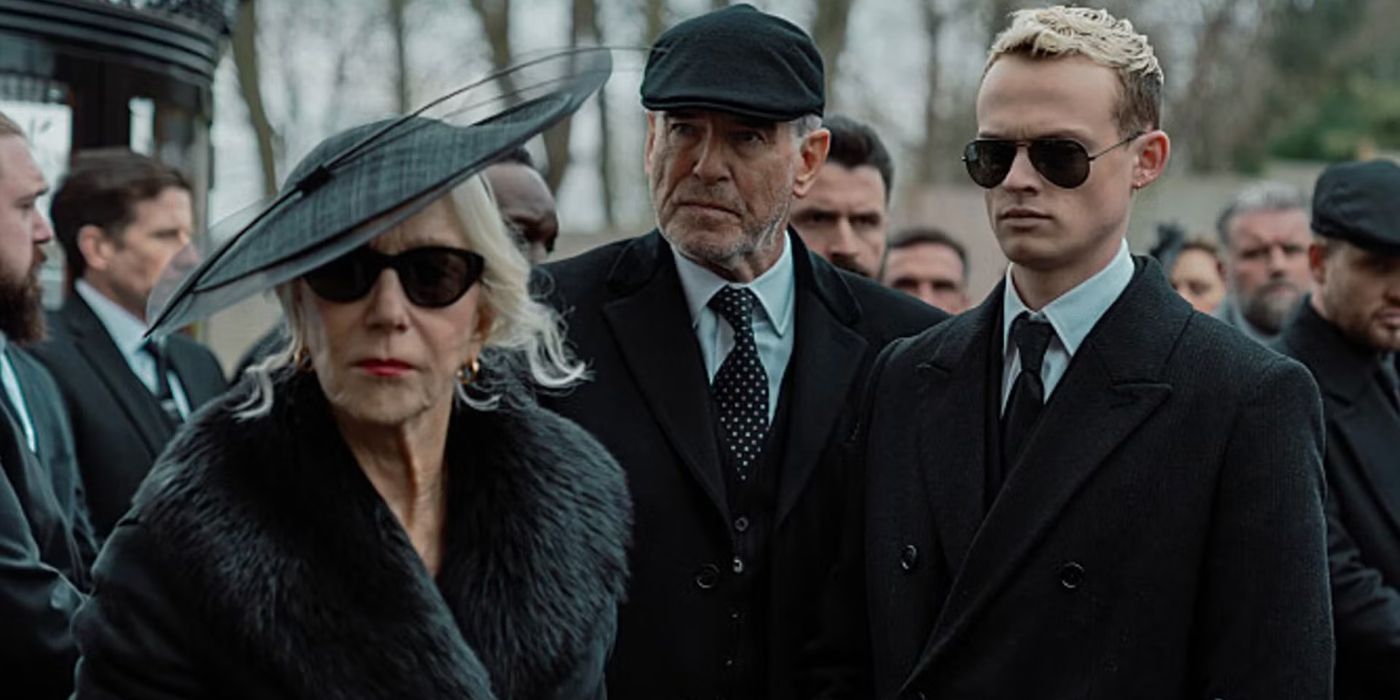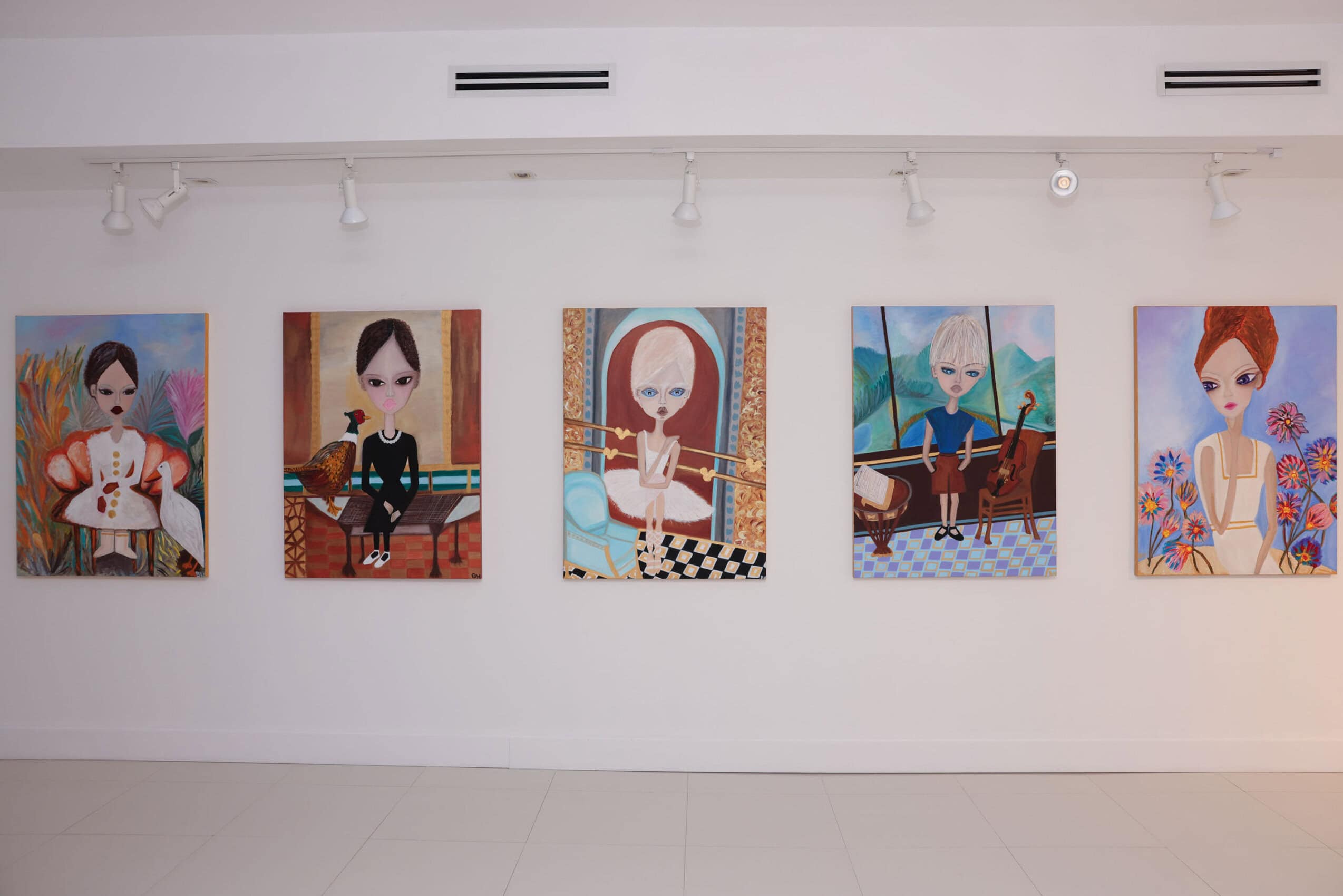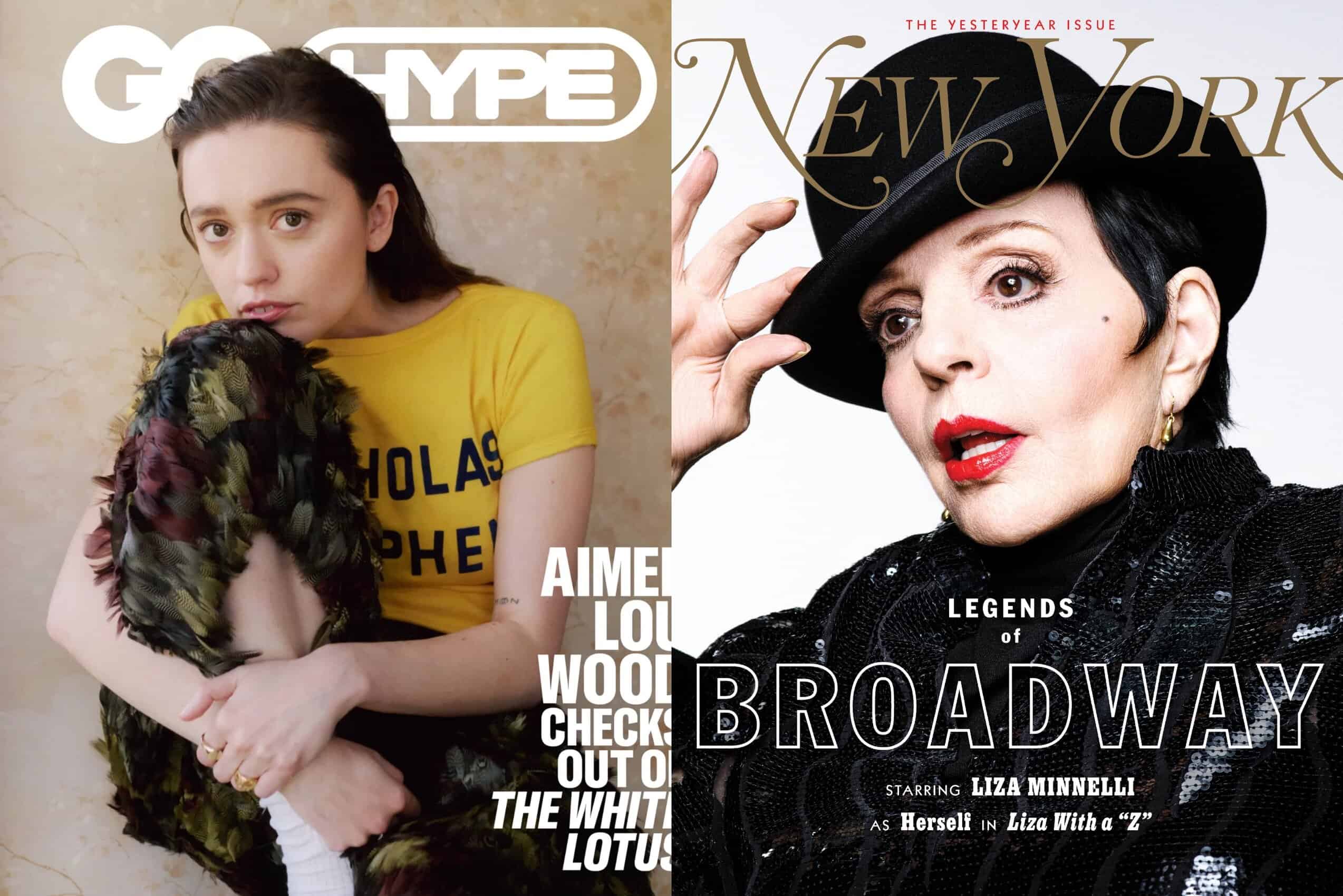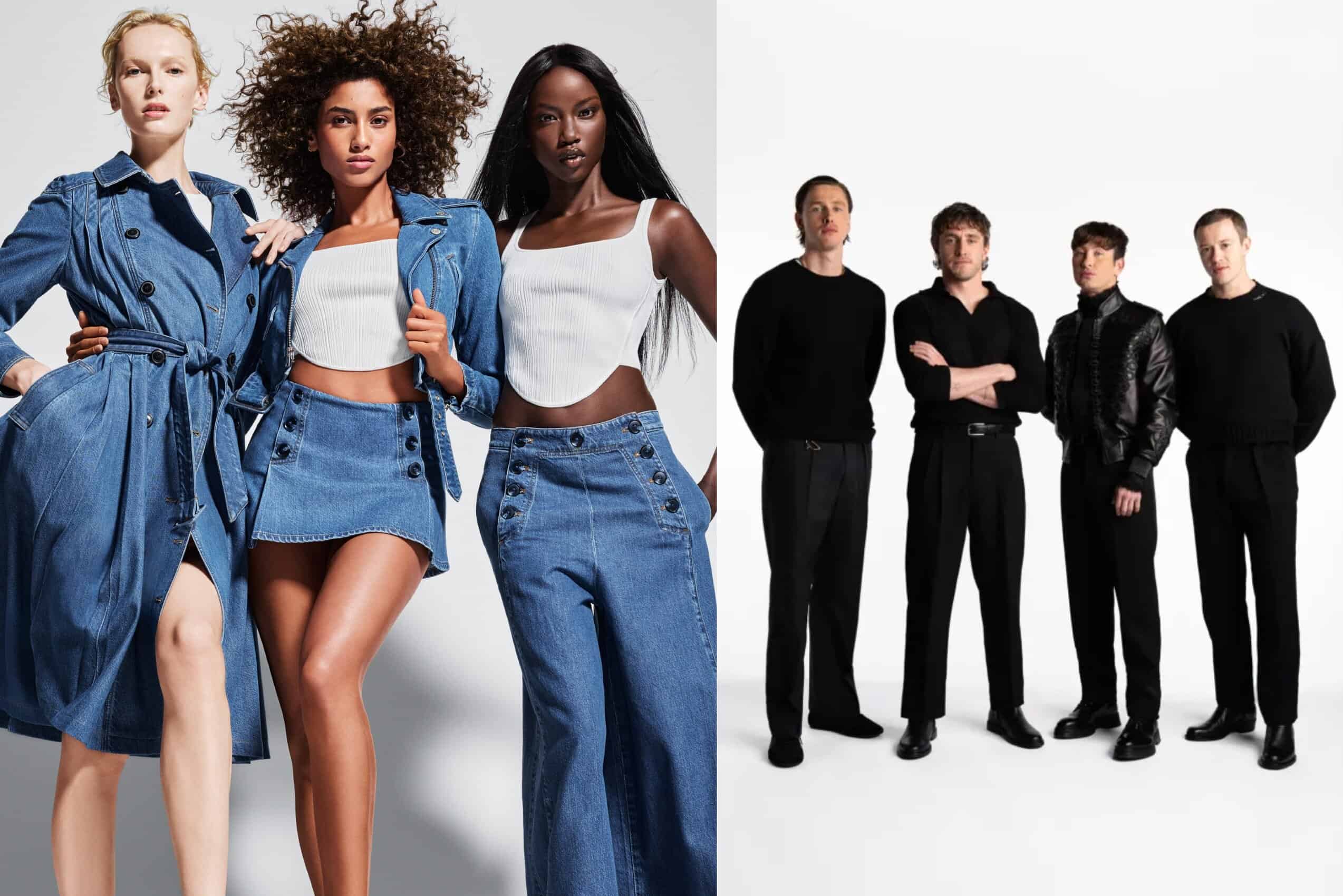We haven’t even begun discussing the plot, but then again, the plot isn’t really the point. In the simplest terms, “Licorice Pizza” finds Haim’s Alana and Hoffman’s Gary running around the Valley, starting various businesses, flirting, pretending they don’t care about each other, and potentially falling for other people to avoid falling for each other. One thing: She’s 25 and he’s 15, and they meet cute at his high school where’s she’s helping the photographers on picture day. What makes this amorphous romance make sense is that a) it’s extremely chaste, b) she’s sort of stunted at the film’s start, and c) Anderson wisely establishes early on that Gary has a swagger and intelligence beyond his years. In a way that’s reminiscent of Max Fischer in “Rushmore,” all the adults Gary encounters take him seriously and treat him as an equal. The fact that he’s a longtime child star has a lot to do with his maturity (and the character of Gary is inspired by Gary Goetzman, Tom Hanks’ longtime producing partner, who was an actor in his youth). So when he meets Alana and is instantly smitten by her, he carries himself with such confidence and addresses her so directly that she can’t help but get drawn into his world.
While their ever-evolving relationship provides the framework for the film, “Licorice Pizza” is really about this young woman’s journey of self-discovery: trying out different jobs and clothes, different priorities and personalities, and seeing what fits. (Oscar-winning “Phantom Thread” costume designer Mark Bridges vividly reinvents her look for each new situation.) The vast majority of characters Anderson has focused on throughout his career have been men, from Dirk Diggler to Reynolds Woodcock, so to see him turn his immense artistic instincts toward a woman is only part of what makes “Licorice Pizza” such a breath of fresh air. Hope springs eternal for Alana, but the reality of life as a young woman in Los Angeles—hell, in the world—keeps rearing its head. Maybe it’s an intrusive conversation with an agent when she’s pondering becoming an actress. Or it’s a midnight motorcycle ride with a much older screen star (Penn, as a William Holden figure, gets to be unusually charming). Cooper serves as a much more obvious source of menace as an unhinged Jon Peters, the real-life hairdresser-turned-producer who dated Barbra Streisand; he absolutely tears it up in just a couple of scenes in a way that’s funny and ferocious at once. (Christine Ebersole, Skyler Gisondo, Benny Safdie, Joseph Cross, and Tom Waits are among the many actors who enjoy standout moments within this packed cast.)
Peters’ presence here is crucial to the through-line of Hollywood’s prevalence in this time and place. Gary reminded me of so many kids I grew up with: They had agents and headshots, they got to leave school early for auditions, they had parents who would schlep them all over town to pursue their dreams of stardom. Gary merely takes that initiative and funnels it into a variety of endeavors, and Alana finds herself coming along for the ride. A long tracking shot in which Gary enters the Hollywood Palladium to launch his waterbed company (something Goetzman actually did) calls to mind both the beginning of “Boogie Nights” and the end of “Phantom Thread.” Anderson, serving as his own cinematographer again (this time alongside Michael Bauman), infuses this moment and so many others with a mixture of wonder and melancholy.
You can view the original article HERE.


